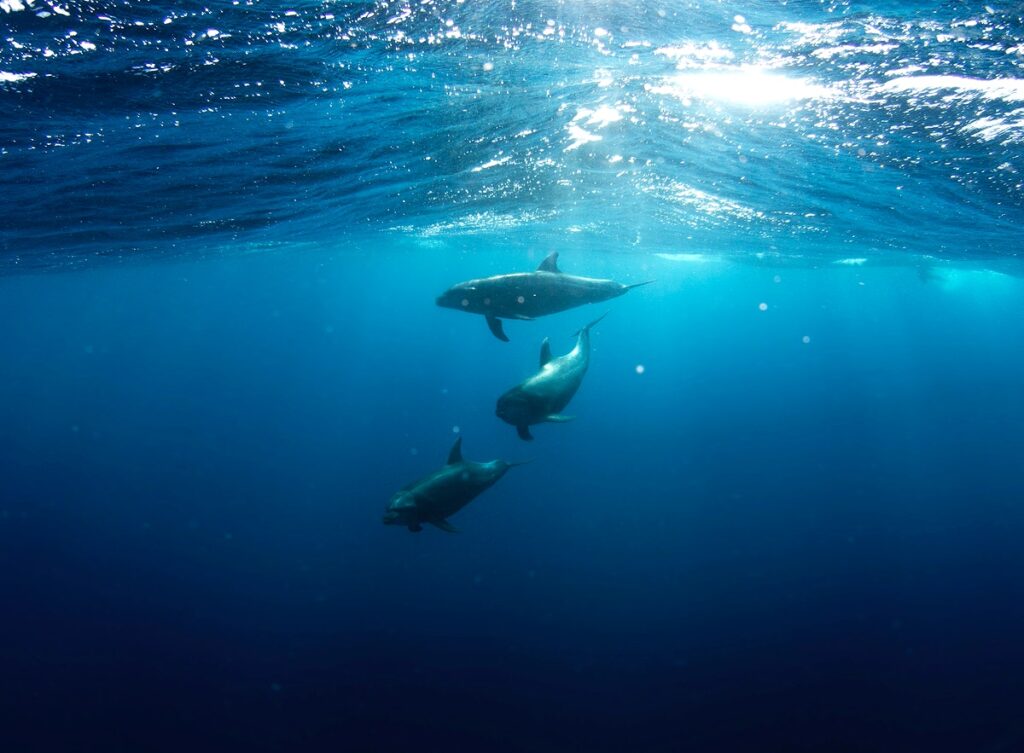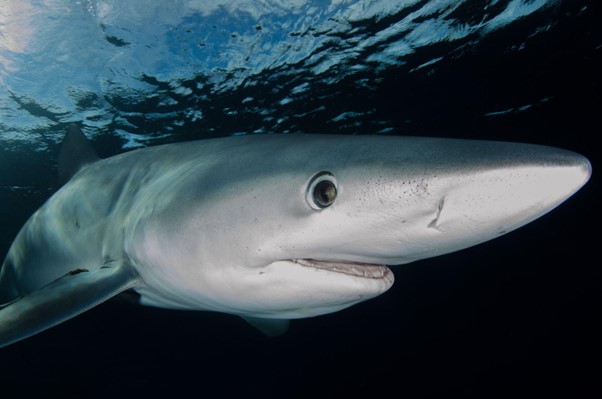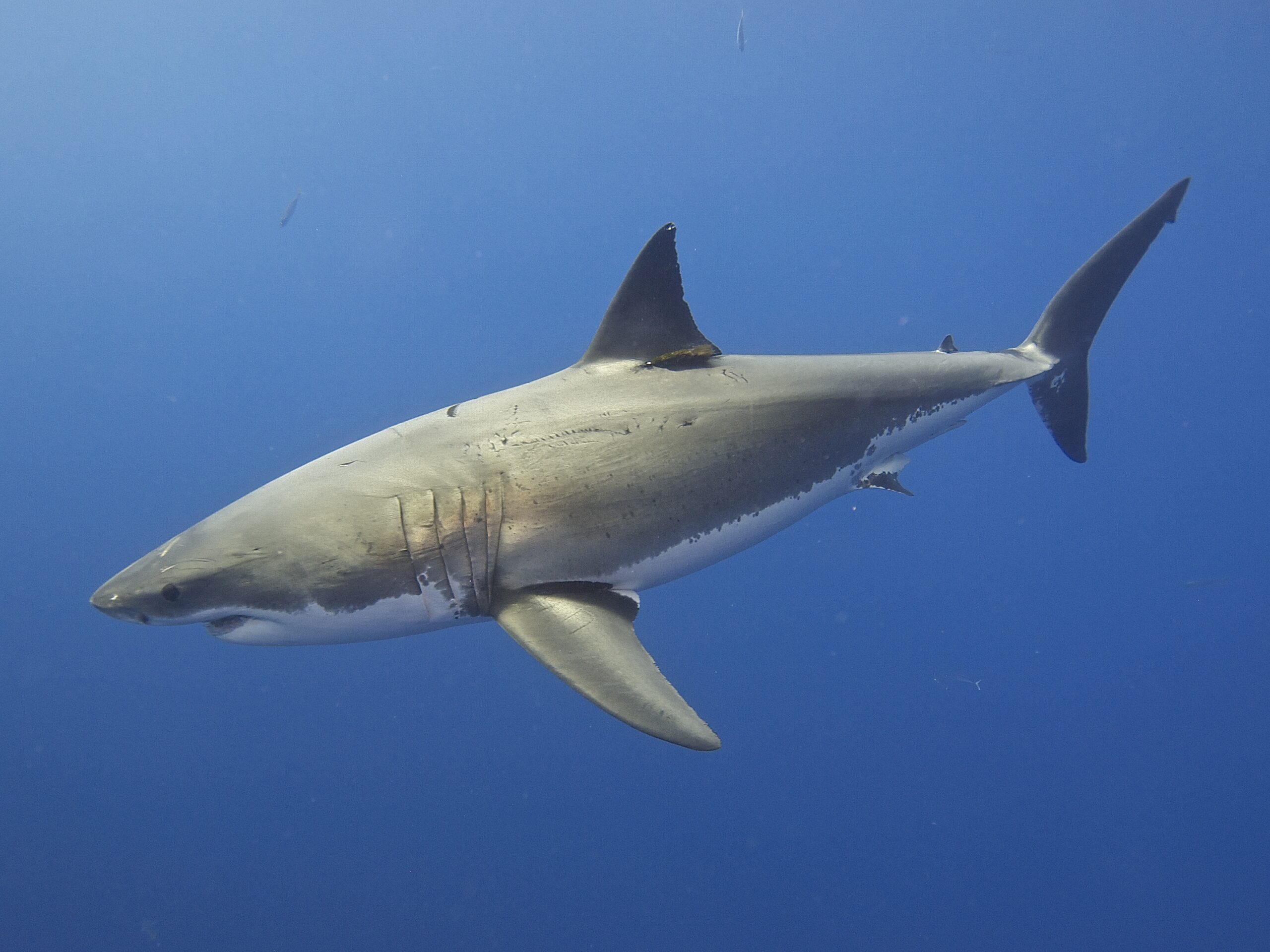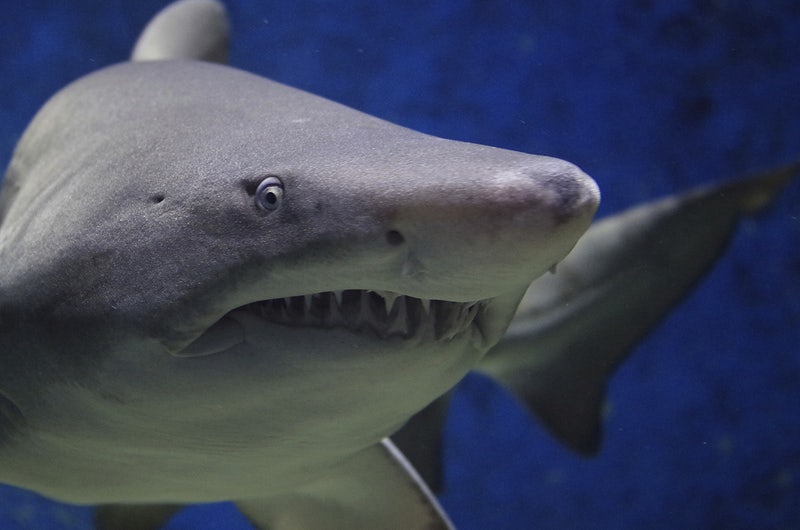Dolphins are renowned as the fastest creatures of the oceanic world as they glide gracefully through the extended waters. Being occupants of the open waters, dolphins are often linked with fish, however, in actuality, they are fascinating mammals. This is because dolphins possess a wide range of traits that place them in the realm of mammals. In this article, we will unravel distinctive mammalian characteristics that mark dolphins under the category of mammals.
Mammalian Traits of Dolphins: Why Dolphins Are Mammals?
Due to the aquatic lifestyle, many people consider dolphins as a category of fish, however, they possess many features based on which dolphins are listed as mammals. Some of these distinctive features are explained below:
1: Warm-Blooded Nature
Like other mammals, dolphins are warm-blooded endothermic animals which means they are able to regulate their body temperature with respect to the external environment. This remarkable adaptation allows dolphins to thrive in changing oceanic conditions. Being warm-blooded, dolphins can maintain their metabolic rate and regulate the energy required for swimming, socializing, and hunting.
2: Milk Production and Nursing
Dolphins are considered mammals because they exhibit a distinct reproductive strategy involving live birth and nursing. Female dolphins carry their developing offspring in their wombs before giving birth and after birth, they produce milk to nourish their young for an extended period. To ensure the survival of the young, this nurturing behavior highlights the strong mammalian bond between mother and child.
3: Hair and Skin
Well, it might be surprising but yes, dolphins have hair and hair follicles, just like mammals. The hair follicles are not easily visible but play a key role in sensory perception and help dolphins to detect subtle changes in their aquatic environment. Moreover, the skin of dolphin bear scales provides protection as well as facilitates streamlined movement through the water.
4: Lung Respiration and Blowholes
One of the most dominant features of the dolphin which resembles the mammals is the use of lungs for respiration. They also have specialized structures called blowholes located on the tops of their heads, allowing them to surface quickly, take in a breath of fresh air, and then dive back into the water. The breathing mechanism of the dolphins marks a key distinction that highlights the mammalian lineage of these aquatic marvels.
5: Complex Brain and Cognitive Abilities
Researchers have long been enthralled by the remarkable intellect and intricate social behaviors of dolphins. They have highly complicated brains and a complex network of neuronal connections, aiding them in problem-solving, self-awareness, and social communication. Dolphins have been shown to display characteristics usually found in higher-order animals, such as the use of tools, collaboration, and even the capacity to recognize oneself in a mirror.
6: Social Structures
Dolphins have several characteristics that resemble mammals, notably their effective social system. It is well known that several dolphin species coexist close to one another known as pods, creating intricate networks that demonstrate cooperation, communication, and mutual support. This social behavior demonstrates other mammal species that prioritize group dynamics for survival and well-being.
7: Communication
The communication strategies of dolphins serve to strengthen social bonds, coordinate hunting efforts, and express emotions. As in mammalian groups, where social dynamics and cooperation are essential for survival and growth, the intricate interactions within the dolphin population are a reflection of these traits.
Final Thought
Dolphins being enigmatic underwater performers are considered the most captivating creatures of the marine world but in actuality, they possess mammalian traits that categorize them as mammals. From being warm-blooded creatures to nurturing parenting styles, dolphins demonstrate the rich tapestry of traits that connect them to the diverse mammalian family. These shared characteristics allow us to explore the depths of the ocean and appreciate these remarkable marine mammals.







